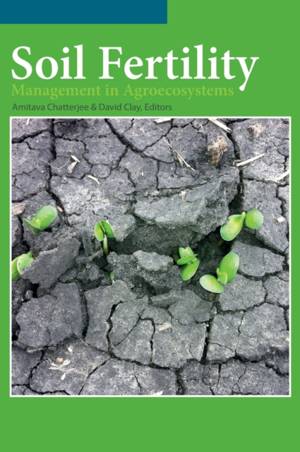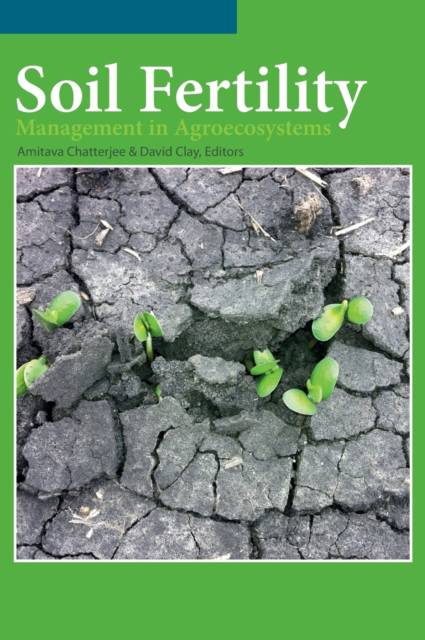
Door een staking bij bpost kan je online bestelling op dit moment iets langer onderweg zijn dan voorzien. Dringend iets nodig? Onze winkels ontvangen jou met open armen!
- Afhalen na 1 uur in een winkel met voorraad
- Gratis thuislevering in België vanaf € 30
- Ruim aanbod met 7 miljoen producten
Door een staking bij bpost kan je online bestelling op dit moment iets langer onderweg zijn dan voorzien. Dringend iets nodig? Onze winkels ontvangen jou met open armen!
- Afhalen na 1 uur in een winkel met voorraad
- Gratis thuislevering in België vanaf € 30
- Ruim aanbod met 7 miljoen producten
Zoeken
Soil Fertility Management
€ 43,45
+ 86 punten
Omschrijving
In Soil Fertility Management in Agroecosystems, Editors Amitava Chatterjee and David Clay provide a thoughtful survey of important concepts in soil fertility management. For the requirements of our future workforce, it is imperative that we evolve our understanding of soil fertility. Agronomists and soil scientists are increasingly challenged by extreme climatic conditions. Farmers are experimenting with integrating cover crops into rotations and reducing the use of chemical fertilizers. In other words, there is no such a thing as a simple fertilizer recommendation in today's agriculture. Topics covered include crop-specific nutrient management, program assessment, crop models for decision making, optimization of fertilizer use, cover crops, reducing nitrous oxide emissions, natural abundance techniques, tile-drained conditions, and soil biological fertility.
Specificaties
Betrokkenen
- Uitgeverij:
Inhoud
- Aantal bladzijden:
- 160
- Taal:
- Engels
- Reeks:
- Reeksnummer:
- nr. 170
Eigenschappen
- Productcode (EAN):
- 9780891183532
- Verschijningsdatum:
- 19/05/2020
- Uitvoering:
- Hardcover
- Formaat:
- Genaaid
- Afmetingen:
- 178 mm x 254 mm
- Gewicht:
- 489 g

Alleen bij Standaard Boekhandel
+ 86 punten op je klantenkaart van Standaard Boekhandel
Beoordelingen
We publiceren alleen reviews die voldoen aan de voorwaarden voor reviews. Bekijk onze voorwaarden voor reviews.










